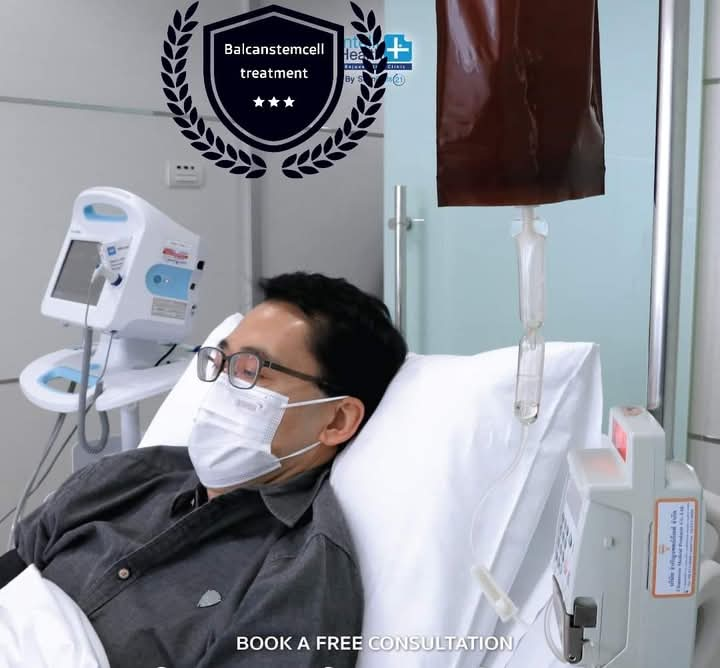Natural remedies for fibromyalgia
- Sleep
- Exercise
- Rest
- Diet and supplements
- Stress
- Acupuncture
- Massage
- Yoga and tai chi
- Flotation and spa
- Transcranial magnetic stimulation
- Biofeedback
- Reiki
- What is fibromyalgia?
- Takeaway
Fibromyalgia is a complex disorder that causes pain, tenderness, and fatigue in the muscles of specific parts of the body, including the neck, shoulders, back, hips, arms, and legs.
The pain occurs when someone puts pressure on the affected areas.
Doctors do not fully understand what causes fibromyalgia. Anyone can develop it, but it appears to be more common in women during middle age and in people with a history of rheumatoid arthritis or another autoimmune disease.
The Centers for Disease Control and Prevention (CDC) estimate that fibromyalgia affects around 2 percentTrusted Source of the adult population in the United States.
There is no cure for fibromyalgia, but medication, some lifestyle changes, and natural remedies can help people manage the symptoms.
In this article, we discuss natural remedies that may relieve the symptoms of fibromyalgia.
1. Sleep

Getting enough sleep is crucial for managing the symptoms of fibromyalgia. Being well-rested helps combat the fatigue that accompanies the condition.
Practices that can help people get good-quality sleep include:
- minimizing daytime naps
- going to bed and waking up at the same time each day
- limiting light and noise at bedtime
- avoiding screen time just before sleeping
- leaving 2–3 hours between eating a heavy meal and going to bed
- avoiding alcohol and coffee before sleeping
A 2017 reviewTrusted Source found a clear link between fibromyalgia pain and poor sleep quality. The researchers called for the development of sleep strategies to help people with fibromyalgia.
2. Exercise
Some people with fibromyalgia may find exercising difficult at first, but building up gradually and persisting can bring benefits. As muscle strength builds over time, pain and discomfort should decrease.
People with fibromyalgia should speak with a doctor before starting an exercise regimen. A physical therapist can help set up a suitable program.
A Cochrane systematic review concluded that doing regular aerobic exercise, including swimming, walking, or cycling, is likely to improve health-related quality of life for people with fibromyalgia. It may also lead to better physical function and reduced pain, fatigue, and stiffness.
A neurological study found that a 15-week exercise program partly reversed an unusual type of brain activity that affects people with fibromyalgia when the brain is at rest.
The participants also reported a decrease in symptom severity, although there did not seem to be a link between the two factors.
3. Rest
People with fibromyalgia can tire more easily than people without the condition, and it is important to rest when necessary. Trying to do too much exercise or too many activities can increase pain and fatigue, so moderation is key.
By pushing themselves too hard when they are feeling fit, people may trigger more days when they feel unwell.
4. Diet and supplements
Eating a balanced and healthful diet, exercising, and reducing the use of caffeine, alcohol, nicotine products, and illegal drugs can help reduce stress and improve mood.
According to the National Center for Complementary and Integrative Health (NCCIH)Trusted Source, scientists have been investigating the effectiveness of dietary supplements in relieving fibromyalgia symptoms.
These supplements include:
- vitamin D
- magnesium
- soy
- S-adenosyl-L-methionine (SAMe)
- creatine
Some people also recommend using topical products containing capsaicin, which is the substance in chili peppers that makes them hot.
However, more evidence is necessary to confirm that these are effective.
People should check with a doctor before using any supplements, as these can sometimes interact with other medications or have adverse side effects.
5. Reducing stress
Many people report that stress makes their symptoms worse. Studies have identified linksTrusted Source between psychological distress and fibromyalgia.
Suggestions for managing stress include:
- doing yoga and other types of exercise
- journaling or other hobbies
- keeping in touch with friends and family as much as possible
- joining a support group for people with fibromyalgia
The CDCTrusted Source state that reducing stress through yoga, massage, and meditation may help people with fibromyalgia.
They also note that cognitive behavioral therapy (CBT) can help people change the way they think about their pain and stress factors, which may help them manage their symptoms.
6. Acupuncture

Acupuncture is a type of Chinese traditional medicine in which practitioners insert small needles into specific trigger points on the body.
Some people believe that these needles change blood flow and chemical levels, which can help relieve the pain and discomfort of fibromyalgia.
A reviewTrusted Source of studies found low-to-moderate evidence that acupuncture may offer some benefits for people with fibromyalgia, such as improving pain and stiffness, but more research is necessary to confirm the usefulness of this practice.
7. Massage
Massage is a well-known treatment for sore muscles and joints.
It involves the gentle manipulation of the body to increase the range of motion, reduce stress, promote relaxation, and relieve pain.
A 2014 systematic reviewTrusted Source found that 5 weeks or more of massage therapy led to significant improvements in pain, anxiety, and depression in people with fibromyalgia.
8. Yoga and tai chi
Yoga and tai chi are both gentle and slow disciplines that combine controlled movements with meditation and deep breathing.
Both types of exercise may help people manage fibromyalgia. The authors of a studyTrusted Source in 2010 stated that tai chi might be an effective treatment for this condition but acknowledged the need for more extensive, longer-term studies.
9. Flotation and spa therapy

A small study looking at the use of flotation therapy to treat fibromyalgia found that it provided temporary symptom relief. A total of 81 participants with fibromyalgia from five different countries received three free float sessions. In exchange, they completed a questionnaire.
The participants reported significant temporary reductions in pain, muscle tension, stress, anxiety, and sadness. They also noted significant increases in relaxation, feelings of well-being, energy, ease of movement, and quality of sleep.
The NCCIH note that some people use balneotherapy, or spa treatment, for fibromyalgia, but there is not yet enough evidence to show that it works.
10. Transcranial magnetic stimulation
Repetitive transcranial magnetic stimulation (rTMS) uses magnetsTrusted Source to activate specific parts of the brain. It has FDA approval for treating some forms of depression.
Initial researchTrusted Source on this therapy has shown promising results, according to the NCCIH, but some people have reported headaches after treatment.
A 2016 reviewTrusted Source of studies concluded that 1 month of treatment with rTMS led to improved quality of life.
11. Biofeedback therapy
In biofeedback therapy, people use special equipment to monitor how their brain activity changes in response to specific events and situations.
This can help them become more aware of what triggers their discomfort, and it provides some insight on changes that they can make to help them control it.
The NCCIH say that this technique has helped some people with fibromyalgia, but they note that there is currently insufficient evidence to confirm its effectiveness.
12. Reiki
In Reiki, a practitioner places their hands lightly over an individual to enable healing through the transmission of energy.
Proponents and anecdotal evidence suggest that Reiki can help people with fibromyalgia.
However, scientific studiesTrusted Source have not found evidence to confirm this.
reference<https://www.medicalnewstoday.com/articles/315393#stress


